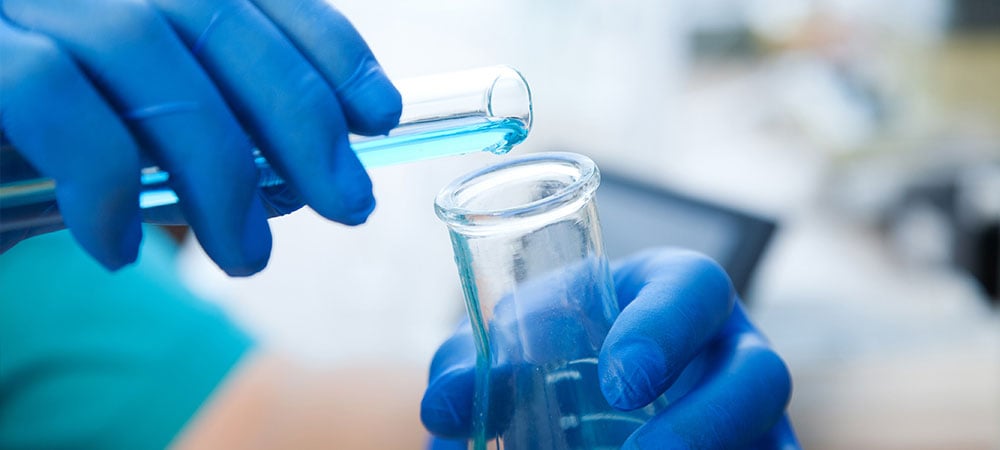
Lead
November 2021
Summary
Lead is a potent neurotoxin that impairs children’s intellectual development and alters their behavior and ability to concentrate. The effects of lead exposure during childhood are permanent. There is a strong scientific consensus that any amount of lead exposure during childhood is harmful.
Lead-based paint has historically been the main source of exposure for American children. Yet even the lower levels of lead exposures now measured in American children cause intellectual impairment and behavior problems.
Lead contamination of drinking water remains a problem for many communities across the U.S., posing a serious risk to children’s health. Since lead levels vary from one house to another, it is difficult to estimate how many people have contaminated water in their homes.
Why is lead in drinking water?
Pipes made of lead were once used in hundreds of cities, most commonly in water lines installed before the 1930s. In 2016, the American Water Works Association estimated that 15 to 22 million Americans drink water from a system with lead-based service lines. Lead pipes are also found inside most homes built before 1930, and lead-based plumbing solder was used to join metal water pipes until 1986. Maintenance and replacement of a home’s plumbing or partial replacement of lead water pipes can increase levels of lead in water.
Leaching of lead from water pipes can be minimized by the addition of water treatment chemicals that reduce corrosivity – but that approach is only partly successful. As we have seen in Flint, Mich., Newark, N.J., Washington, D.C., and other communities, some water utilities fail to take steps to mitigate the problems caused by old pipes.
In the long term, the only solution is the removal of lead pipes and plumbing fixtures that contain lead, and their replacement with safer alternatives.
Is there a safe level for lead in water?
Lead exposure is a particular risk during children’s first six years, when their brains are developing and their blood-brain barriers are not yet fully formed. Babies fed formula mixed with unfiltered tap water are at the highest risk of harm stemming from their ingesting lead in drinking water.
The Environmental Protection Agency’s action level of 15 parts per billion, or ppb, for lead in water was set as a way to monitor a water system’s efforts to manage water corrosivity. This action level is not based on a safe exposure level for children. Further, under current federal rules, it is considered acceptable for lead levels to exceed 15 ppb in up to 10 percent of households tested in a single community water system.
In 2009, the California Office of Health Hazard Assessment set a public health goal for lead in drinking water at 0.2 ppb to protect against harm to children’s brains and nervous systems. This health guideline was based on studies of children showing that an increase of 1 microgram per deciliter of lead in blood correlated with a decrease of one IQ point.
To set a health goal value based on the loss of one IQ point, the agency added a safety factor of three and assumed that water accounted for 20 percent of total lead exposures for a child.
In 2016, the American Academy of Pediatrics advocated for a national commitment to eliminating all sources of lead exposure for children. The AAP also called for legal requirements mandating that lead be removed from contaminated housing and child care facilities and urged state and local governments to ensure that water fountains in schools not exceed water lead concentrations of 1 ppb.
EWG urges the federal government to set a protective legal limit for lead in drinking water. State and federal drinking water authorities should also require comprehensive action to monitor houses for lead contamination and replace old lead water service lines.
What can water utility customers do?
Only a test can show whether the water in your house contains lead. Kits to test water for lead are readily available and may even be provided by your local water utility, government agencies and local public interest organizations. Lead tests are particularly important if:
- You have lead-based water lines leading to your house.
- Your local water company has detected lead in water in your neighborhood.
- You drink water from a private well and your local public health department detects lead in well water in your area.
If you have lead in your water, you can reduce it by using a home water filter, flushing cold water pipes each morning and using only cold water for cooking. You can find more guidelines for parents here. But these are temporary solutions only. The sole permanent fix to lead contamination in U.S. drinking water is to replace lead-based water pipes in the entire water system.
References
American Academy of Pediatrics, Council on Environmental Health. Prevention of Childhood Lead Toxicity. Pediatrics. 20161, 38(1): e20161493. Available at https://pediatrics.aappublications.org/content/138/1/e20161493.
California Office of Environmental Health Hazard Assessment, Public Health Goal for Lead in Drinking Water. 2009. Available at http://oehha.ca.gov/media/downloads/water/chemicals/phg/leadfinalphg042409_0.pdf.
Centers for Disease Control and Prevention. Sources of Lead: Water. 2016. Available at www.cdc.gov/nceh/lead/tips/water.htm.
D.A. Cornwell et al. National Survey of Lead Service Line Occurrence. Journal of the American Water Works Association, 2016, 108(4): E182-E191. Available at www.awwa.org/publications/journal-awwa/abstract/articleid/57880483.aspx.
O. Milman and J. Glenza. At Least 33 US Cities Used Water Testing 'Cheats' Over Lead Concerns. The Guardian, 2016. Available at www.theguardian.com/environment/2016/jun/02/lead-water-testing-cheats-chicago-boston-philadelphia.
